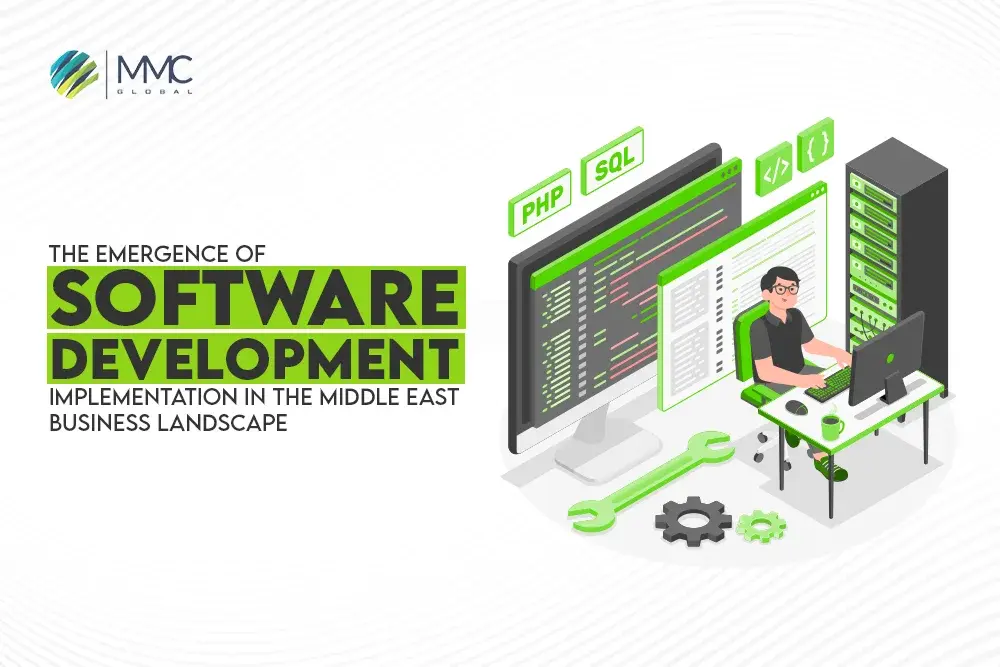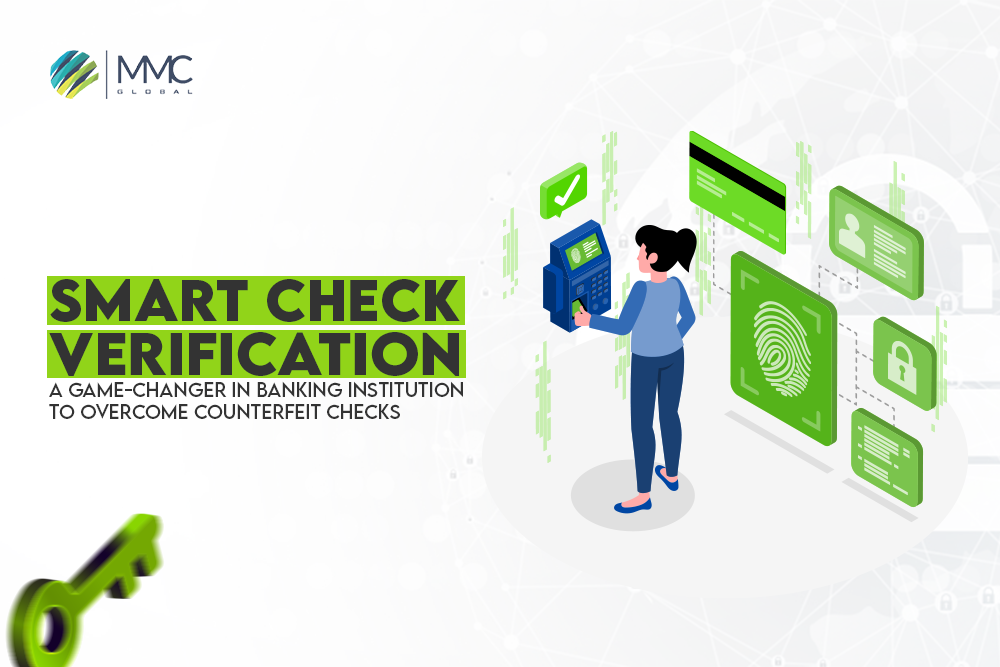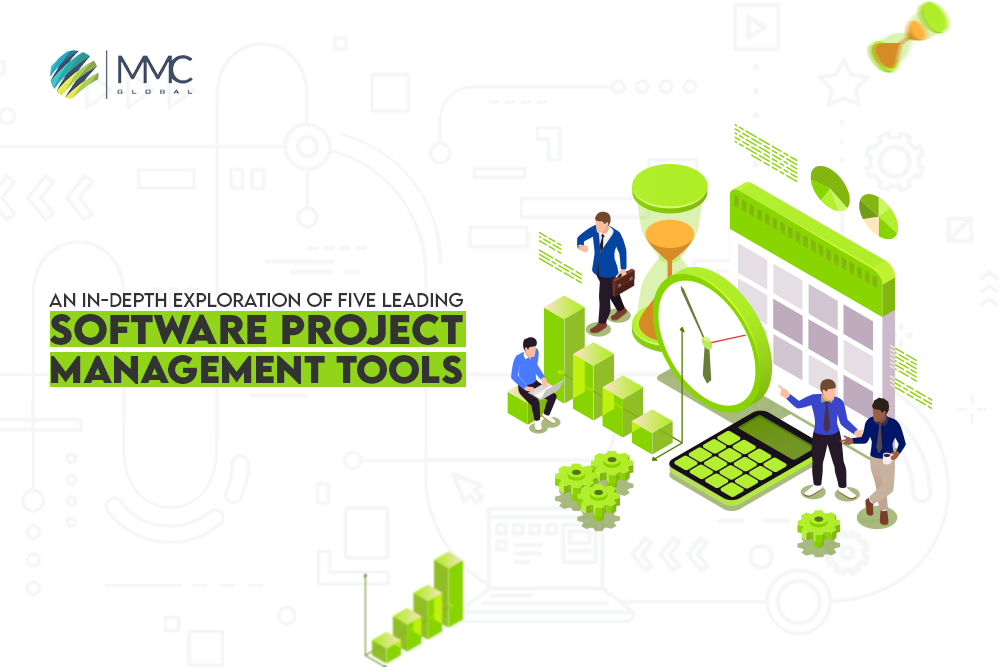In the world of innovation, developing a project is not the end of the product. A long-life software must continuously be optimized, revamped with the latest technologies, A/B software testing, and scale your projects by adding valuable features. Whether it is existing software or you need to build it from scratch, the process of software product development caters to all needs to sustain the solution to the market level.
Software development and its implementation require time and cost. If the end product does not align with the business objectives, your cost and time will go to waste. In fact, software product development gives a roadmap to build a successful product that meets dynamic user needs. In addition, this roadmap will help you track your development process, reduce glitches, continuous testing of suitable features, and much more.
Let’s discover the concept of software product development, its methodology, and its steps.
What Is Software Product Development?
Software product development is the process of building a software product with extensive features by using technologies. It can be a newly created software or an existing software that requires upgradation, maintenance, or migration. Whatever is required to improve your software user experience, the software product development process will help you draw a better solution to solve all problems.
However, software product development is a step-by-step process that requires the supervision of experienced developers and teams. There are multiple phases associated with new software development from scratch including, researching, designing, developing, deploying, and maintaining the software. On the other hand, if the software is already built, and needs to be revamped, the phases are different. Similarly, if the software product opts to migrate its infrastructure, then again, the phases are not the same as before.
According to the business requirements, the techniques and methodologies of software product development change. That is the beauty of the custom software development process which is gaining traction by the developers. Software developers highly depend on the software product development process, methodologies, and techniques to streamline their workflows.
In order to complete a successful software product development, every developer acquires a set of methodologies to initiate a product development.
Different Software Product Development Methodology
There are multiple software product development methodologies but choosing the right one to project nature will be fruitful. Let’s discover!
Waterfall Methodology
It is the first approach a developer takes to build a project for short-term projects with deliverables that are easy to define from the onset. It has consecutive steps and every step should not overlap with each other. In fact, the steps include envisioning, initiation, analysis, design, development, testing, quality assurance, deployment, as well as maintenance. All the steps are respectively followed by the development team to ensure favorable outcomes.
Agile Methodology
Agile methodology is one of the most on-demand approaches in many software product development processes. It is an iterative approach that focuses on continuous optimization and managing releases by evaluating every user feedback. Moreover, every iteration is incorporated with user feedback, and on that basis, improvements are suggested and implemented. This approach allows flexibility in adding features, making changes, adding newer upgrades, testing frequently, and optimizing it for better outcomes. Moreover, the major benefit of using this approach is it develops a unique product, fosters team collaboration, and increases product development.
Scrum Methodology
It is the subset of Agile methodology, use in software product development. Scrum methodology is a framework where teams are self-organized and emphasize learning and adaptive approaches. However, in Scrum methodology, everyone is responsible for bringing a feature from ideation to execution. It provides a pragmatic approach where the team focuses on learning parallel with solving complex challenges of the projects. The advantage of adopting the scrum methodology is it increases team cohesiveness and
DevOps Methodology
DevOps refers to the development and operations. Once it amalgamates, the product development process gets faster, reduces time, and saves costs. The indulgence of two teams i.e. Developers and operations, deliver efficient and effective products with fewer errors and glitches. Furthermore, the process of DevOps also included conceptualization, designing, development, testing, deployment, and maintenance.
The Significance Of Software Project Development
In today’s digital age, It stands as the cornerstone of technological innovation and business success. From mobile apps to enterprise solutions, software products drive efficiency, enhance user experiences, and revolutionize industries. In fact, the significance of software product development transcends mere coding; it encapsulates a strategic approach to problem-solving, user-centric design, and continuous evolution. Let’s delve into why software product development is not just important but indispensable in our modern world.
Innovation Catalyst
Software product development catalyzes innovation. It empowers businesses to transform ideas into tangible solutions that address market needs or create entirely new markets. Whether it’s a groundbreaking mobile app or a complex enterprise software suite, innovative software products have the potential to disrupt industries and drive growth.
Enhanced User Experiences
User experience (UX) has become a critical differentiator in today’s competitive landscape. Software product development places a strong emphasis on understanding user needs, preferences, and pain points. By incorporating user-centric design principles, developers can create intuitive interfaces and seamless interactions, ultimately leading to enhanced user satisfaction and loyalty.
Agility and Adaptability
The dynamic nature of technology requires businesses to be agile and adaptable. Agile software development methodologies such as Agile and DevOps enable rapid iteration, quick response to market feedback, and continuous improvement. This agility allows companies to stay ahead of the curve, respond to changing customer demands, and seize new opportunities as they arise.
Scalability and Flexibility
Scalability is crucial for software products to accommodate growth and handle increased loads over time. Effective software product development focuses on building scalable architectures and flexible systems that can evolve alongside changing business requirements. Whether it’s adding new features, supporting more users, or integrating with third-party services, a well-designed software product can scale seamlessly without compromising performance or reliability.
Competitive Advantage
In today’s hyper-competitive market, businesses are constantly striving to gain a competitive edge. A well-executed software product can provide that edge by offering unique features, superior performance, or a better overall user experience compared to competitors. By investing in software development, companies can differentiate themselves in the market and solidify their position as industry leaders.
Data-Driven Insights
Software products generate vast amounts of data to gain valuable insights into user behavior, market trends, and business performance. Through analytics and data-driven decision-making, companies can optimize their software products, personalize user experiences, as well as identify new opportunities for innovation and growth.
Global Reach and Accessibility
Software products have the potential to reach a global audience with minimal barriers to entry. Whether through web-based applications or mobile platforms, software products can be accessed from anywhere in the world. It enables businesses to expand their reach and tap into new markets. This global accessibility opens up a world of opportunities for businesses to scale and grow beyond traditional boundaries.



